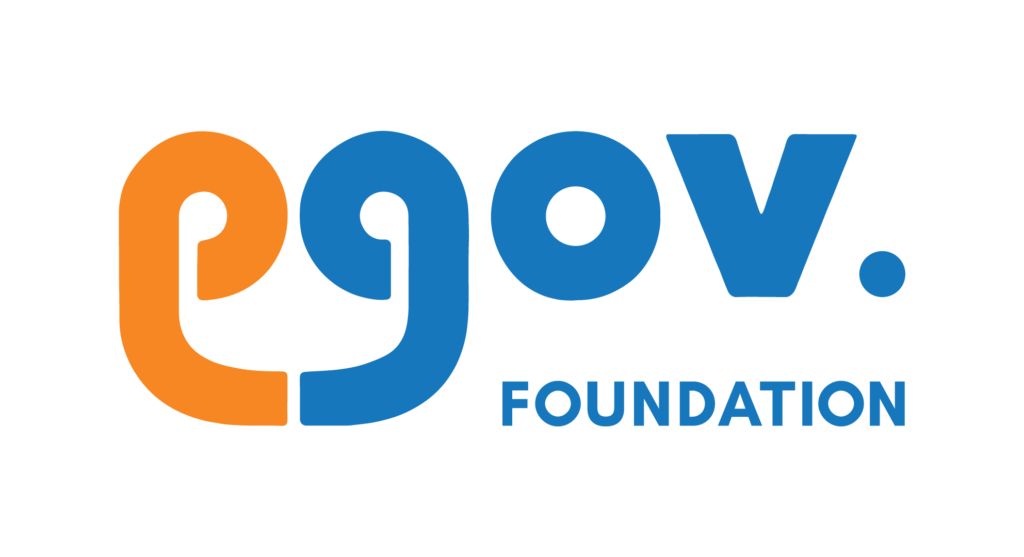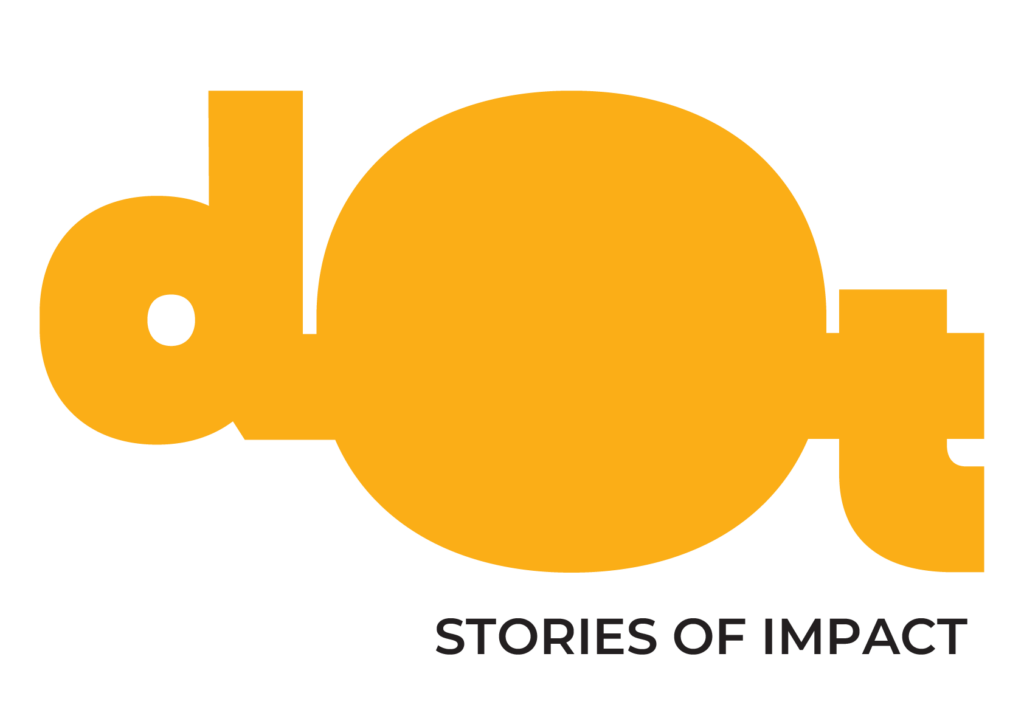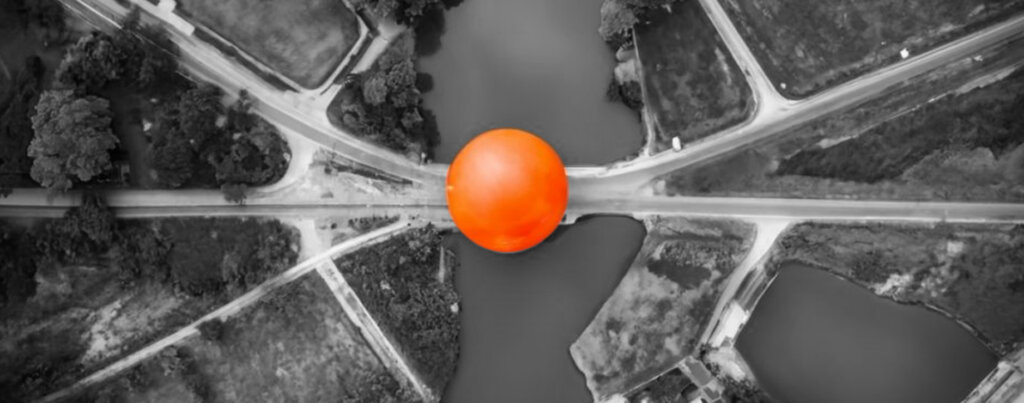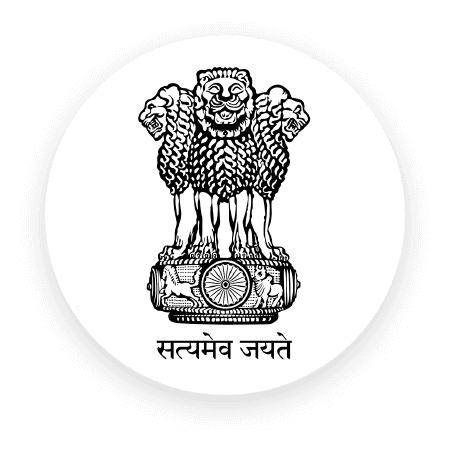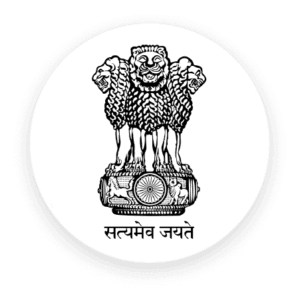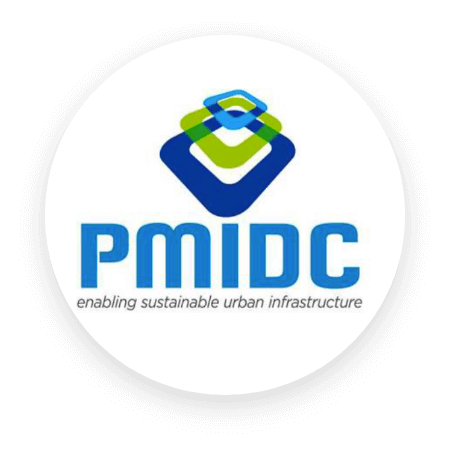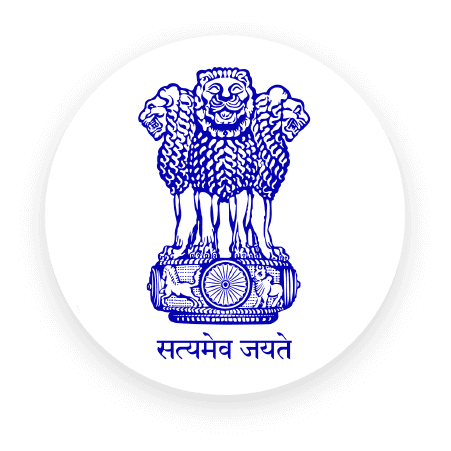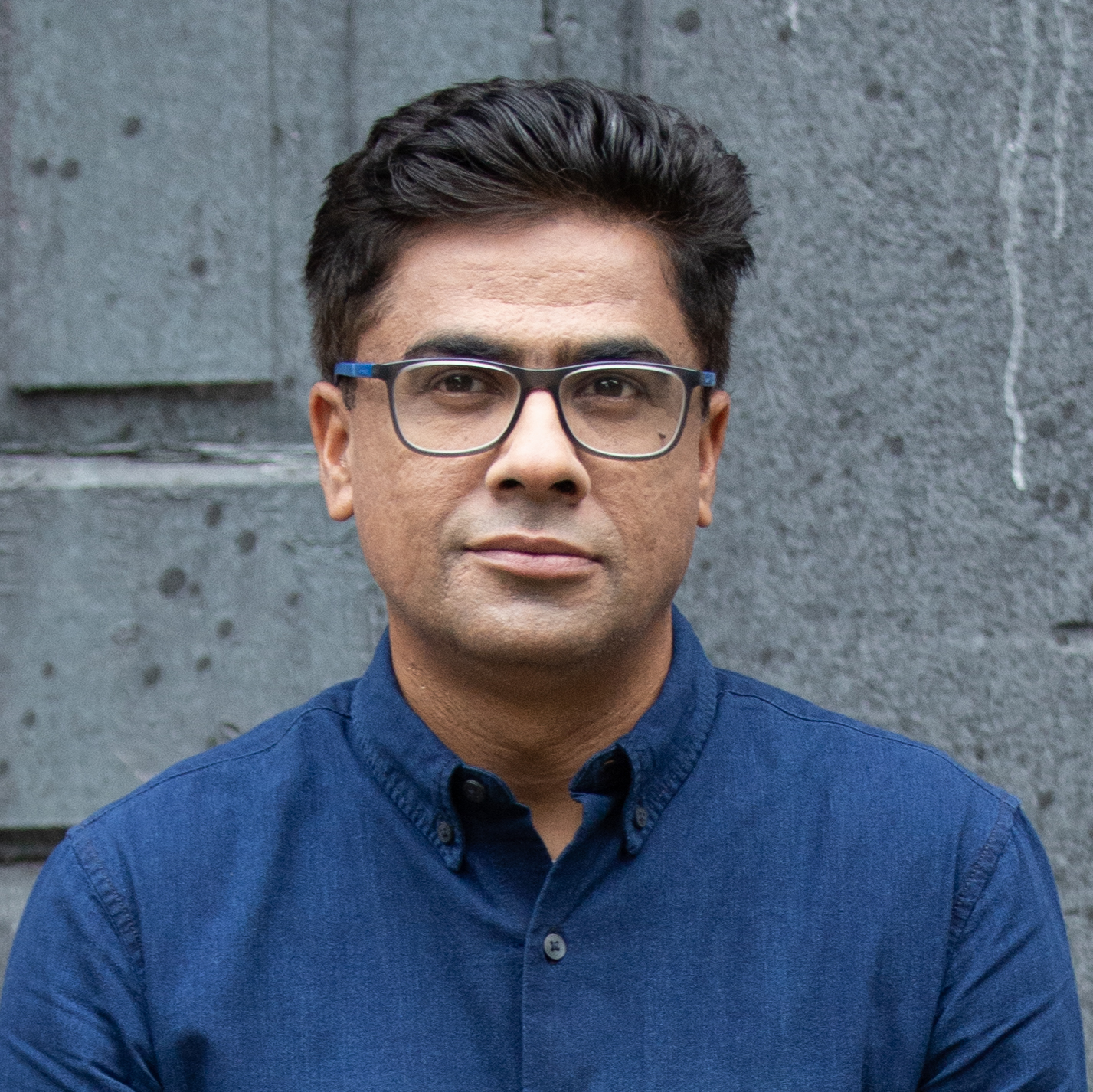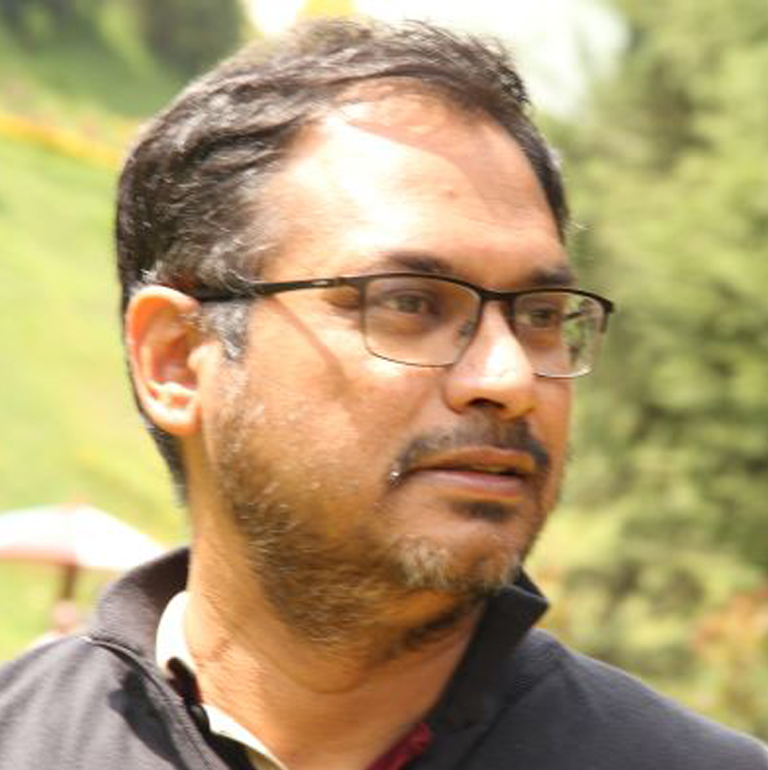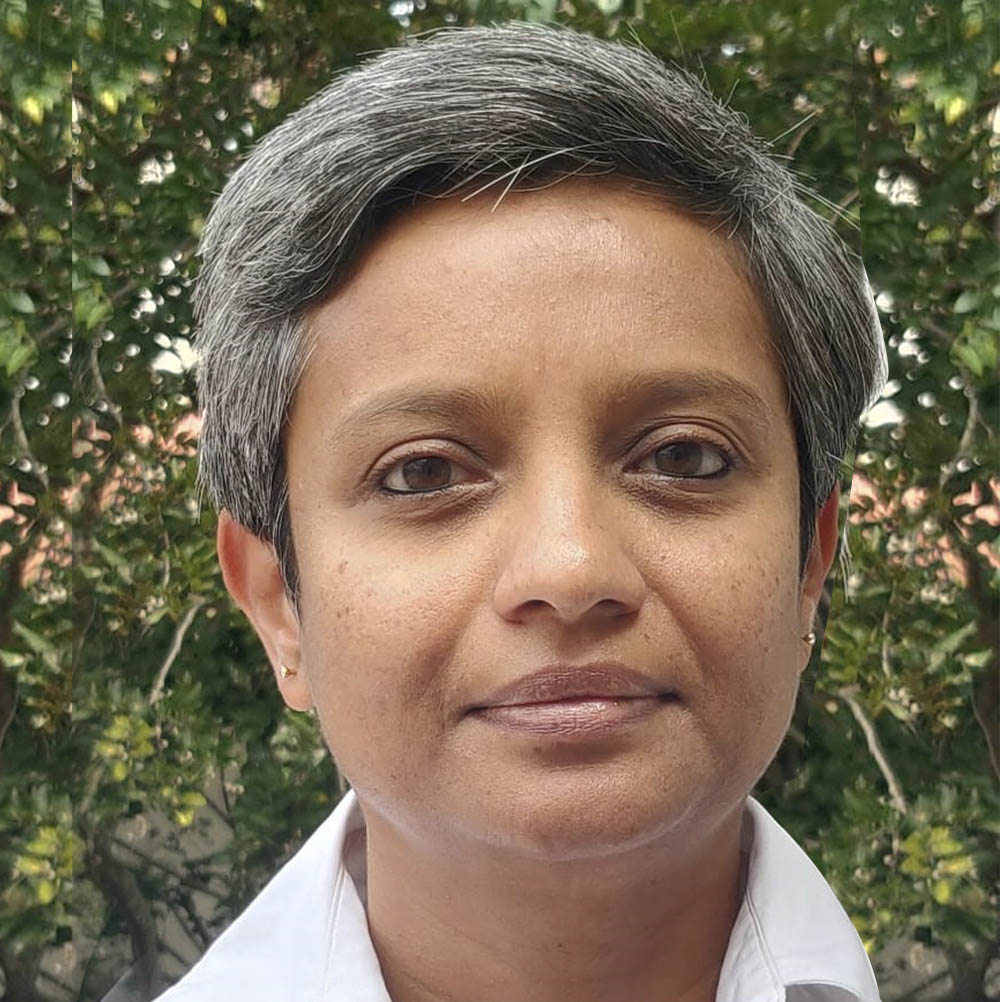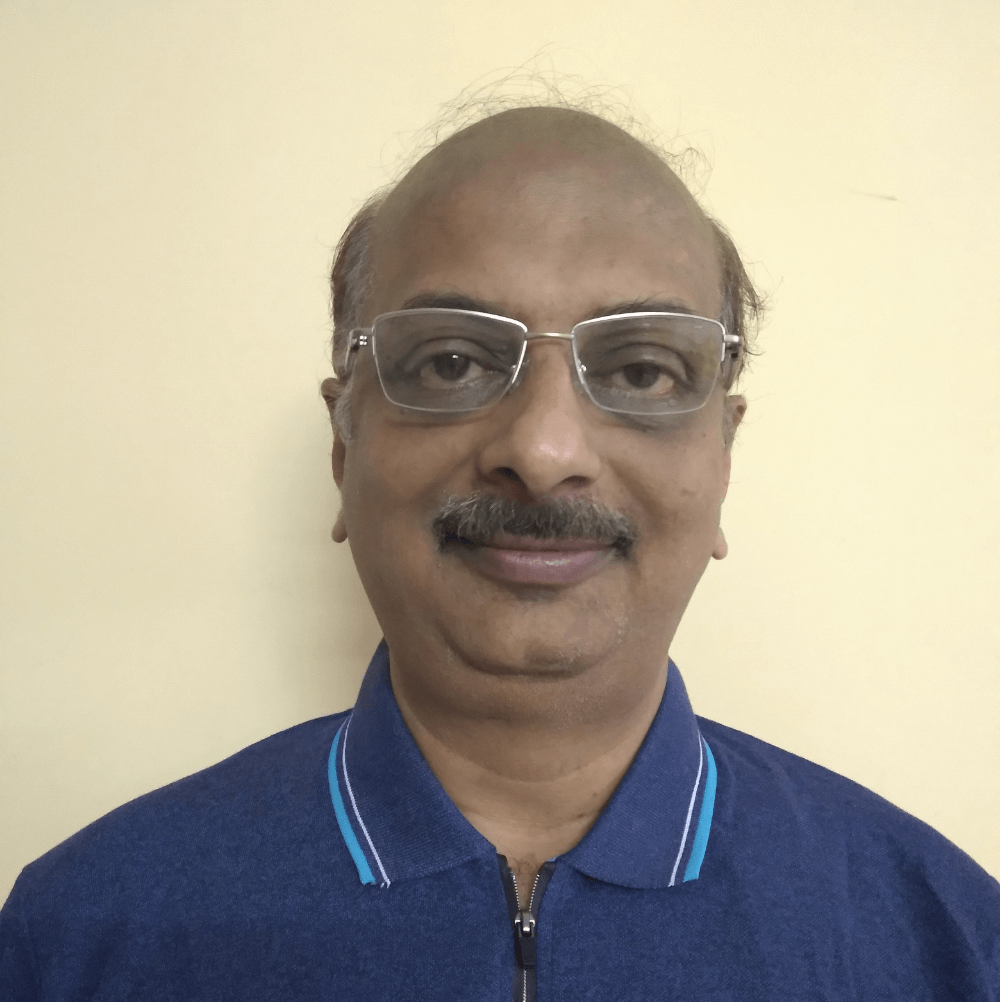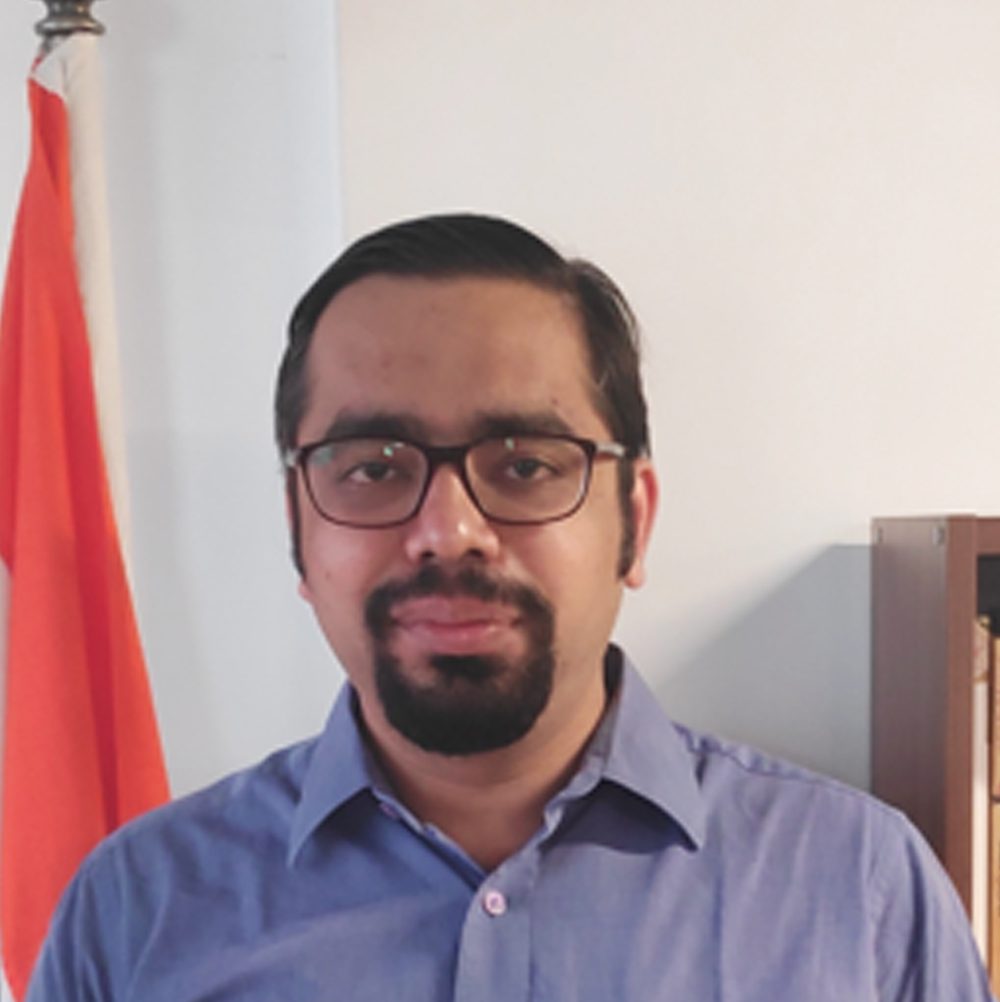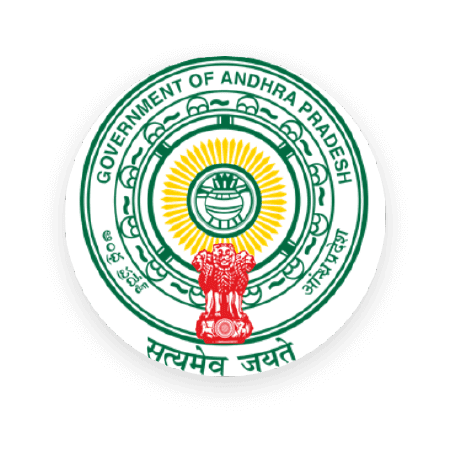“The future of governance is intertwined with the development of Digital Public Infrastructure, making it a cornerstone for effective policy implementation.”
– Angela Merkel
The fusion of Digital Public Infrastructure (DPI) with sanitation goals is exemplified in Odisha’s groundbreaking approach to Faecal Sludge Management (FSM), where the convergence of Urban and rural efforts is unlocking new possibilities for clean water and sanitation, aligning with the United Nations Sustainable Development Goal 6.
A decade ago, India faced the major challenge of Open defecation hindering the path to achieving SDG 6. Government initiatives like the Swachh Bharat Mission made strides in constructing toilets across the nation, but the focus is now shifting towards effective faecal sludge management. According to the National Faecal Sludge and Septage Management Alliance (NFSSMA), a significant percentage (>70%) of urban wastewater in India goes untreated, exacerbating the sanitation crisis. This problem is even more pronounced in rural areas, where on-site sanitation systems are more prevalent.
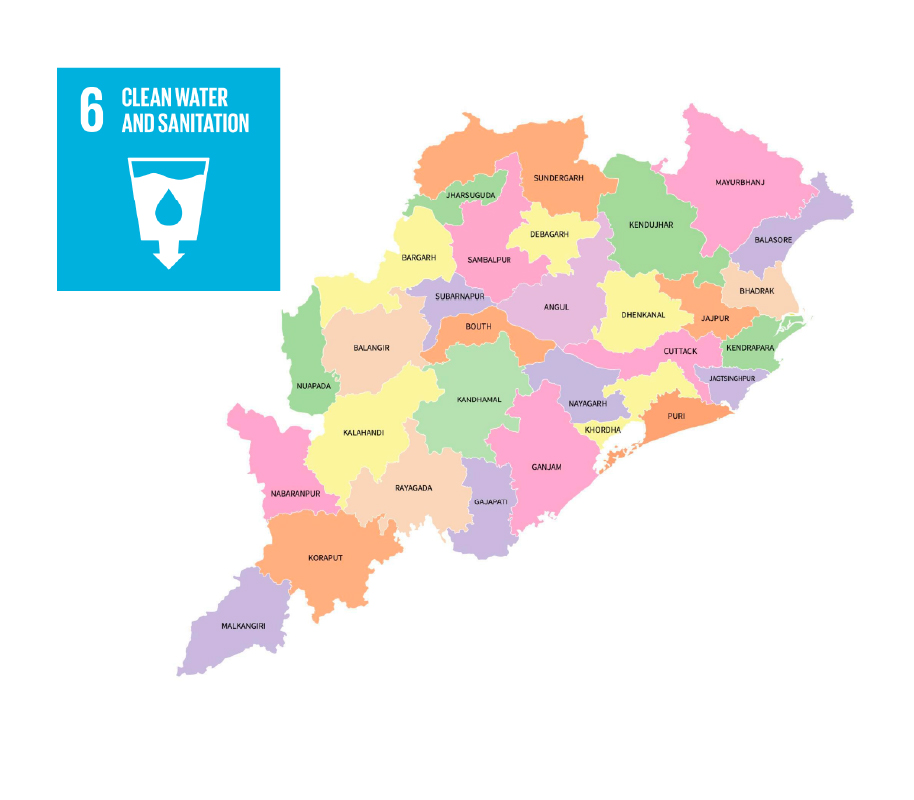

Photo: Badrika Nath Das | Telegraph India
Odisha, recognizing the urgency of better faecal sludge management, has pioneered an Urban Rural Convergence (URC) model, sharing sanitation facilities between urban and rural areas. The state has commissioned over 113 treatment plants, designed with foresight to cater to the rising urban population for the next decade. However, the key challenge lies in optimizing the utilization of these facilities as they are all built with a runway of 10 years.
Enter DIGIT FSM, a Digital Public Infrastructure(DPI) designed to enhance faecal sludge management. This platform provides real-time visibility of not just the requests being that the ULBs cater to but also a visibility into the capacity utilization of treatment plants, ensuring efficient resource allocation. In Odisha, where a significant portion of rural toilets relies on on-site sanitation systems, the URC model was embraced to share urban facilities and bolster sanitation for all citizens.
The success of Odisha’s URC model rests on strategic planning and data-driven decision-making. Gram Panchayats were categorized based on proximity to Urban Local Bodies (ULBs), with pricing standardized accordingly. The implementation was formalized through an MoU between the Housing and Urban Development Department (HUDD) and Panchayati Raj and Drinking Water (PRDW) department. The program’s objectives encompassed increased utilization of existing sanitation infrastructure, enhanced monitoring mechanisms, and institutional support for URC.
DIGIT FSM, initially deployed across 36 ULBs in September 2022, played a pivotal role in monitoring the faecal sludge waste value chain. As the URC model gained momentum, the platform was swiftly customized to accommodate requests from rural areas. By July 2023, the platform extended its reach to 69 ULBs and 1600+ Gram Panchayats, covering both urban and rural geographies within a 20KM radius of these ULBs.
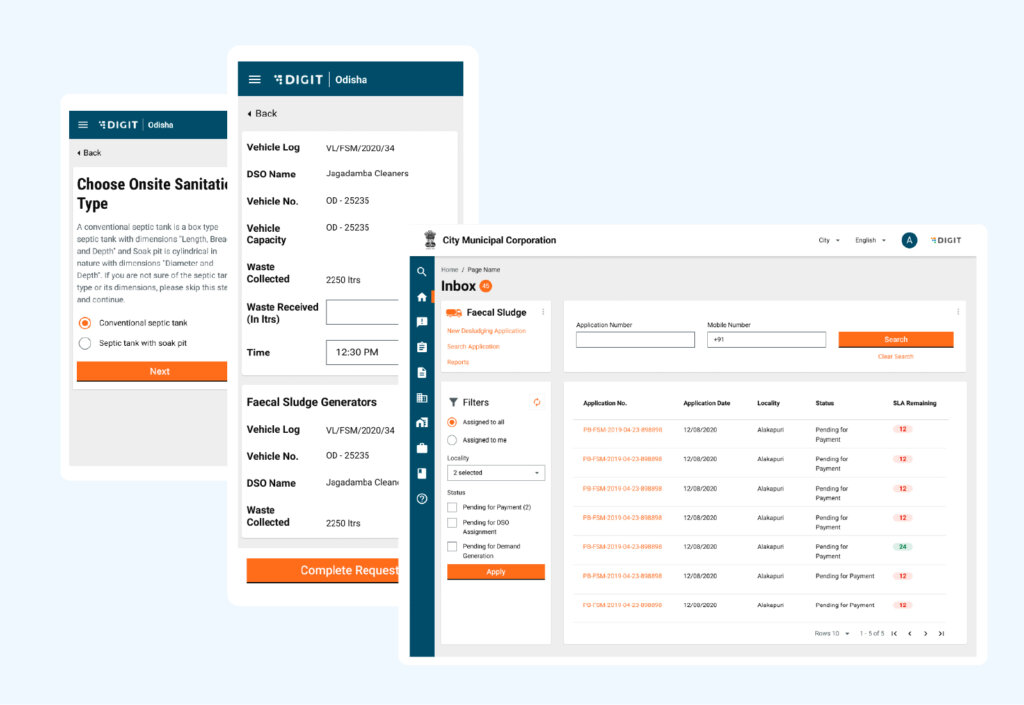
The open-source nature of DIGIT FSM proved instrumental in adapting to the evolving requirements of the URC model. To date, the platform has successfully managed ~1000 requests from ~300 gram panchayats, offering real-time insights into the treatment of substantial volumes of sludge.
Odisha’s innovative use of Digital Public Infrastructure in implementing the Urban Rural Convergence model for Faecal Sludge Management showcases the transformative power of technology in bridging the sanitation divide. As we navigate the complexities of achieving SDG 6, Odisha stands as a shining example of how DPI can turn policy into action, ensuring access to improved sanitation for all.
